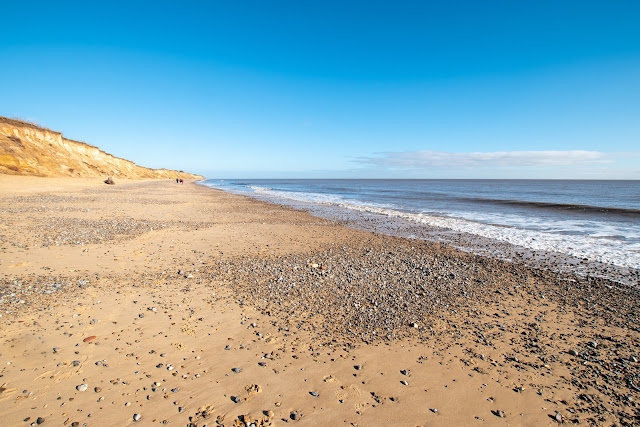The ghosts of Covehithe

Covehithe is a hamlet which lies on the North Sea coast around 4 miles (6.4 km) north of Southwold and 7 miles (11 km) south of Lowestoft. In the Middle Ages Covehithe prospered as a small town (no signs of that today!) It takes its modern name from the de Cove family who held land there at that time, and the fact that it had a hithe, or quay, for loading and unloading small vessels.There is also archaeological evidence of the linen industry having been carried out at Covehithe until the 18th century. So that`s where the wealth came from, like many ports on the coast, but now you could be forgiven for not knowing the village existed at all. A walk along the beach on a gorgeous day, gives you some idea of how deserted the area has become today.. It is just so peaceful on a day like this but, I reckon, very scary in stormy seas. The coastline in the Covehithe area suffers from the highest rate of erosion in the UK, and the settlement has suffered significa...

